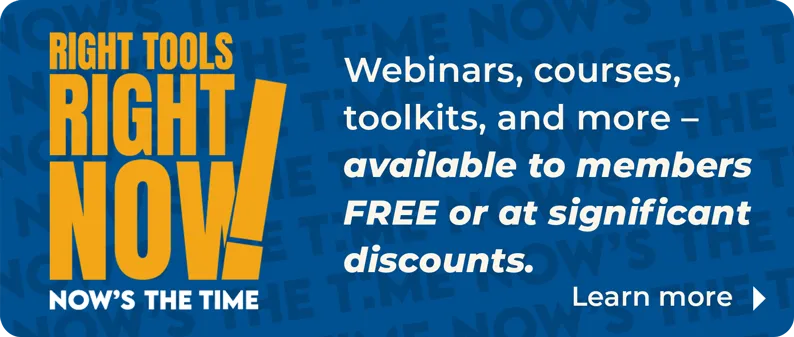The Washington Report covers legislative and regulatory policy activities, and is compiled by NAR's Advocacy Group policy staff. To receive this content via email, subscribe to the Edge Up with NAR newsletter.








The Washington Report covers legislative and regulatory policy activities, and is compiled by NAR's Advocacy Group policy staff. To receive this content via email, subscribe to the Edge Up with NAR newsletter.